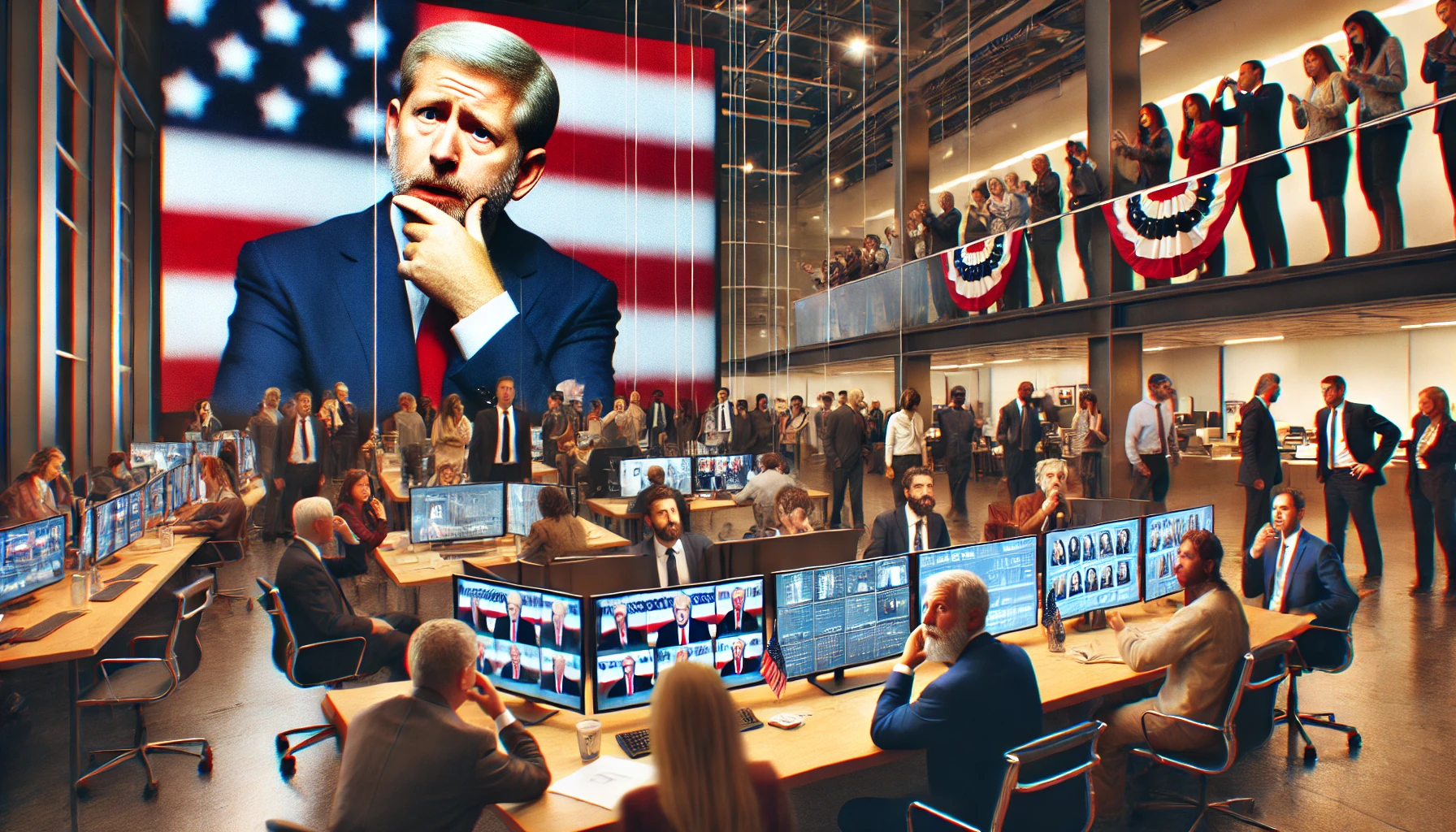Cheap Fake’: From Academic Jargon to Political Battleground


In the ever-evolving landscape of political discourse and media manipulation, a new term has emerged as a focal point of controversy: “cheap fake.” Coined in 2019 by Joan Donovan, a former Harvard researcher specializing in misinformation, the term has recently been thrust into the spotlight as the White House grapples with unflattering videos of President Joe Biden.
The origin of “cheap fake” can be traced back to a 2019 paper titled “DEEPFAKES AND CHEAP FAKES: The Manipulation of Audio and Visual Evidence,” co-authored by Donovan. In this academic work, she defined “cheap fakes” as manipulative content “capable of blurring the line between expression and evidence” and altering “cultural, social, and political structures.” Unlike sophisticated deepfakes, cheap fakes rely on simple editing techniques or even unedited footage presented out of context.
Ironically, the term has now become a political football, with the Biden administration reportedly adopting it to counter the spread of videos showing the President in less-than-flattering situations. These incidents range from Biden appearing confused at public events to seemingly wandering away from world leaders at international gatherings.
The White House’s embrace of the term “cheap fake” marks a significant shift in its communication strategy. By framing these videos as potentially misleading or manipulated, the administration hopes to cast doubt on their authenticity and impact. Reports suggest that the Biden campaign has even established a dedicated task force to mitigate the influence of such videos.
However, the Trump campaign has swiftly moved to co-opt and redefine the term. In a strategic counter-move, they released a meme defining “cheap fake” as “any video of Joe Biden’s cognitive decline that the Biden administration does not want the public to see.” This linguistic judo demonstrates the fluid nature of political messaging in the digital age.
The controversy surrounding these videos and the use of the term “cheap fake” raises important questions about the nature of evidence in the modern political landscape. As Donovan’s original paper pointed out, decisions about what constitutes evidence have historically been a tool to defend the privilege of the already powerful.
Critics argue that labeling unflattering but unedited videos as “cheap fakes” could be seen as an attempt to control the narrative and dismiss legitimate concerns about the President’s public appearances. Supporters of the administration, on the other hand, contend that these videos are often taken out of context and do not accurately represent Biden’s overall performance and capabilities.
The Trump campaign’s communications director, Steven Cheung, has been vocal in his criticism of the Biden administration’s approach. “The truth hurts,” Cheung stated, accusing the Biden campaign of making “ridiculous claims” when confronted with what he describes as the “cold, hard reality” of Biden’s public behavior.
This is not the first time the Trump campaign has successfully appropriated terminology introduced by their political opponents. The term “Bidenomics,” originally coined by the White House to define Biden’s economic agenda, has been repurposed by Republicans to highlight what they perceive as the President’s economic failures.
As the 2024 presidential election approaches, the battle over “cheap fakes” is likely to intensify. Both campaigns will undoubtedly continue to leverage social media and digital content to shape public perception, making the ability to discern context and authenticity more crucial than ever for voters.
The controversy also underscores the growing importance of media literacy in the digital age. As manipulation techniques become more sophisticated and widely available, the responsibility falls on both content creators and consumers to navigate the complex landscape of online information critically.
In the end, the “cheap fake” debate serves as a stark reminder of the challenges facing modern democracy in an era of instant communication and easy content manipulation. As political campaigns and voters grapple with these issues, the line between reality and perception in the political arena continues to blur, making critical thinking and media savvy essential skills for engaged citizens.
Recent Posts
Kevin Costner Breaks Silence: ‘Crushing’ Divorce and Moving Forward
"Kevin Costner Breaks Silence: 'Crushing' Divorce and Moving Forward" "Hollywood Icon Kevin Costner Opens Up…
Walgreens Considers Major Store Closures Amid Retail Challenges
Walgreens Boots Alliance CEO Tim Wentworth announced potential closures of a "meaningful percent" of the…
Dave Grohl’s Concert Pause: Foo Fighters Frontman Puts Safety First
Dave Grohl, Foo Fighters frontman, halted a concert in Birmingham to address a crowd disturbance.…
Panthers’ Paradise: Florida’s Stanley Cup Celebration Reaches Legendary Status
The Florida Panthers have etched their names in NHL history not just for their on-ice…
Chanel West Coast’s Double Life: New Reality Show Reveals Star’s Struggles
By day, I'm mom. By night, I'm an artist," Chanel West Coast says in the…
Media Matters Funnels Six-Figure Sum to Board Member’s Firm
Media Matters for America, a nonprofit focused on correcting "conservative misinformation," paid $105,000 in 2022…
